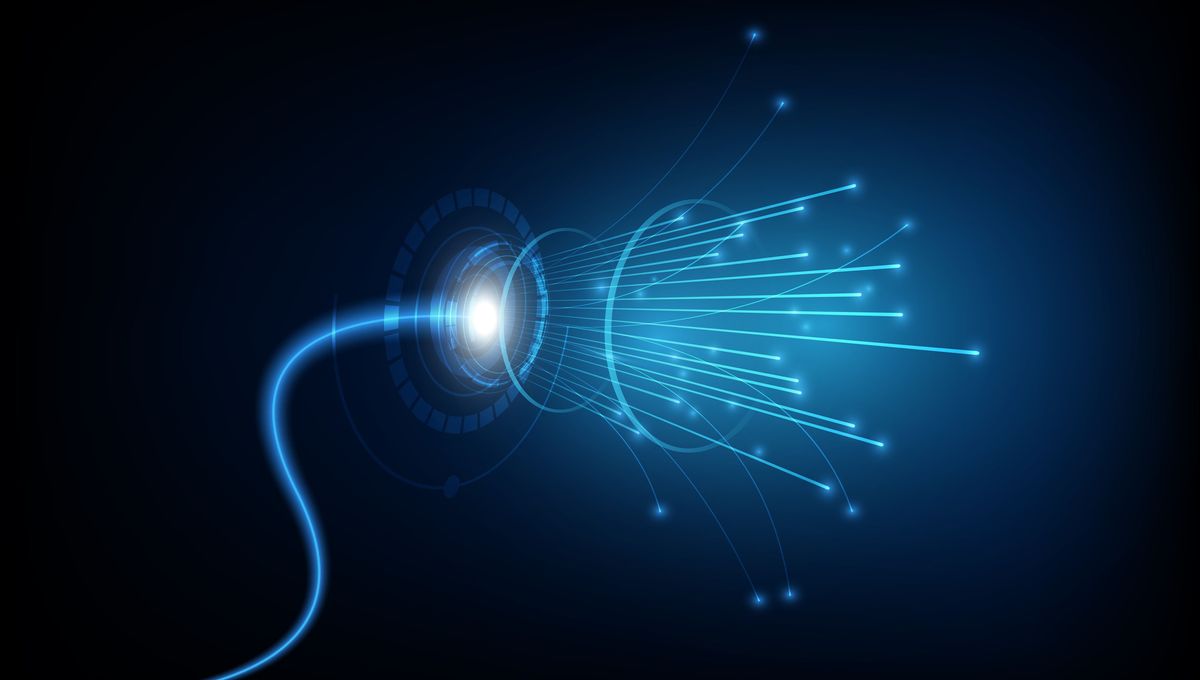
The transmission of information is the lifeblood of humanity and we have been able to do it faster and faster. The latest record is so mind-bogglingly fast that to comprehend it, we ought to compare it to the whole internet. Using a single laser and a single optical chip, researchers were able to transmit 1.8 petabits per second. One petabit is the same as 1 million gigabits, and that amount of information is the equivalent of transmitting twice the global internet traffic.
The achievement is incredible and it is all down to the optical chip. It is designed as a “frequency comb” – a device that can turn laser light into a rainbow of frequencies. The frequencies are all equally spaced (like the teeth of a comb) and each can carry its own stream of data that is then transmitted through fiber optics. Without this, it would take 1,000 lasers to achieve the same data transmission. Interestingly, it was not built with fiber-optic transmission in mind, it is just fantastic at it.
“What is special about this chip is that it produces a frequency comb with ideal characteristics for fiber-optical communications – it has high optical power and covers a broad bandwidth within the spectral region that is interesting for advanced optical communications,” Victor Torres Company, head of the research group that developed the chip and professor at Chalmers University of Technology, said in a statement.
“In fact, some of the characteristic parameters were achieved by coincidence and not by design. However, with efforts in my team, we are now capable to reverse engineer the process and achieve with high reproducibility microcombs for target applications in telecommunications.”
The team also modeled the chip and demonstrated that it could eventually be capable of making the transmission over 50 times faster. The ability to use just one laser to move such a huge amount of information would drastically reduce the energy needs of telecommunication technologies.
“In other words, our solution provides a potential for replacing hundreds of thousands of the lasers located at Internet hubs and data centres, all of which guzzle power and generate heat. We have an opportunity to contribute to achieving an Internet that leaves a smaller climate footprint,” added Professor Leif Katsuo Oxenløwe, from the Technical University of Denmark.
The team, like others around the world, is trying to integrate the laser and other components in the chip itself, to make it more efficient and even less energy-consuming.
The research was published in Nature Photonics.
Source Link: Single Laser And Chip Can Transmit The Whole Internet In Less Than A Second